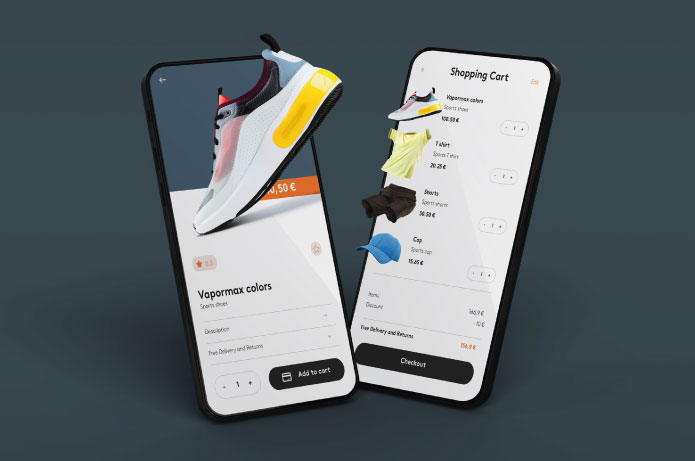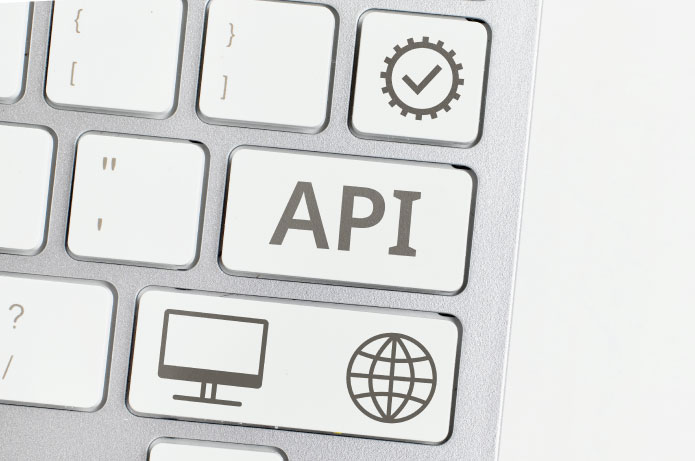Push notifications – or push notifications – are those alerts we receive through apps or websites on our smartphones. The types of push notifications can vary widely, from contact maintenance reminders, sales promotions, payment reminders to service status updates, creating personalized opportunities for interaction between companies and customers.
According to specialist Victor Okuma, country manager of Indigitall in Brazil, this technology is evolving, making it possible to identify trends for this resource by 2025. Indigitall is a Spanish platform that recently entered the Brazilian market. Among other contact and relationship channel automation solutions, the company is a reference in the development and supply of push notifications in the global market, including integration with artificial intelligence. "AI, for example, can be used in push notifications to map consumer preferences and habits, ensuring that messages arrive at the right time and with the appropriate content," she explains.
According to the expert, the top five Push Notification trends for the next year are:
01 – Use of media (gifs, images and videos)Push notifications are evolving beyond simple informational texts, incorporating multimedia content such as gifs, images, and videos, providing a more engaging experience for the user. This not only highlights the communicated product or service but also makes the notification more interactive and visually appealing, increasing the chances of being accessed by up to 45% compared to a normal push notification and thus establishing itself as a powerful engagement channel.
02 – Interactive buttonsWith the addition of buttons, push notifications offer direct action options such as "Buy now," "Learn more," "Chat on WhatsApp," or "Add to cart." This approach simplifies user interaction with the brand, reducing the number of steps needed to complete an action, such as making a purchase or accessing an offer. These buttons are still customizable with multimedia content, such as gifs and images, resulting in a higher conversion rate.
03 – Artificial intelligenceThe integration of AI into push notifications is becoming a dominant trend. AI is capable of identifying the best communication channel with the customer, such as WhatsApp, email, or website, and can optimize campaign targeting based on previous interactions. Furthermore, AI determines the ideal moment to send the notification, increasing engagement chances. In other words, the brand's message tends to reach the consumer at the moment when they are most likely to open, read, and stay connected to the app or the company's website, explains Okuma. "This enhances the effectiveness of the campaigns," he/she/they completes.
04 – Segmentation by groupsAdvanced tools enable much more precise and efficient segmentation of customer profiles, using behavioral, demographic, and individual preference data. This allows grouping users into specific segments, such as purchasing habits, interests, interaction history, and even geographic location. With this segmentation, push notifications respect the right context and the most opportune moment for interaction with the brand, significantly improving the user experience.
05 – EncryptionAs a trend, encrypted push notifications are arriving, meaning those that preserve privacy and ensure the security of exchanged information, preventing fraud and unauthorized access. This technology protects sensitive information, such as personal data and financial transactions, throughout the entire communication process. With this feature, companies offer a safer and more reliable environment, increasing customer trust when interacting with the brand through push notifications and other forms of digital communication. This technology is widely used by banks and financial sector companies, often replacing channels like SMS with encrypted Push notifications.
06 – Centralization of communication through a “Customer Journey”:The Indigitall specialist observes that, just as important as the mentioned items, are automation, integration, and centralization of a company's communication channels with its audience. The unification of this entire flow into a single platform allows brands to access privileged information, cross-reference data, and from there, adopt practices and strategies that are highly customer-centric, which will later lead to greater engagement with promotional messages notified via push. The Indigitall executive describes: "For example, after a checkout on the website, the customer can receive a message from the company via WhatsApp or email – even an audio message from the company's CEO thanking them. This generates satisfaction. Subsequently, when receiving a promotional push notification, the customer will be more likely to open it. It's the type of solution that the manager defines as a complete flow of the entire customer journey, automated and integrated into a single platform, 'one of Indigitall's differentiators,' as he emphasizes.
According to the Indigitall executive, these innovations demonstrate the growing impact of technology on the global scene, with companies from various sectors seeking more efficient and personalized solutions. A startup, for example, is present in 14 countries, serving more than 200 clients, including major brands such as Claro, Movistar, Televisa, Starbucks, Carrefour, Bankinter, among others. Two of the biggest football clubs in Spain and the world, located in the Spanish capital (home city of Indigitall), are also clients: Real Madrid and Atlético Madrid.
Headquartered in Spain, the company is especially focusing this year on its operations in Brazil and the United States, after raising 6 million euros in April in a funding round in its home country. "We are just starting now. But by 2025, we plan to double our operation in Brazil," says Okuma. Indigitall is an official partner of Meta (WhatsApp, Instagram, and Facebook) and, in Brazil, already serves the national operations of McDonald's and Verisure.











